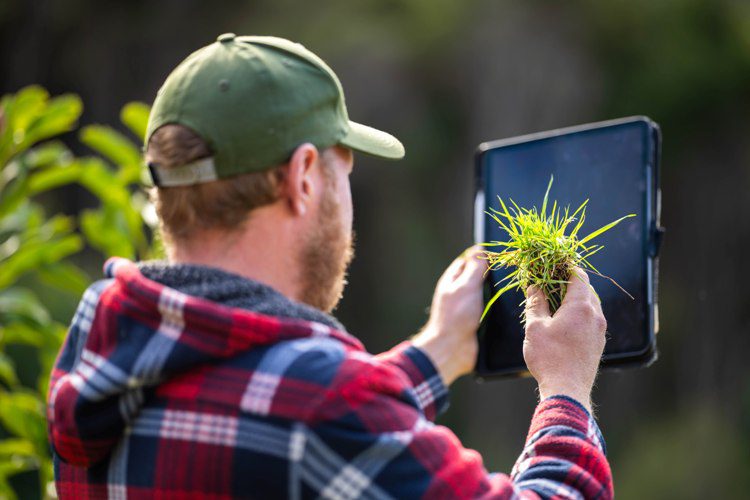Weather, soil moisture levels, and irrigation are just some of the variables that farmers evaluate daily to produce volumes of high-quality crops. Farmers know that to grow healthy crops consistently, they must understand the best conditions to plant specific varieties of crops, the necessary soil and moisture content for their crops to grow, and the optimum levels of farming inputs.
Farmers have gained experience in conducting these farming analyses through years of work in the fields. However, some still need to rely on guesswork due to insufficient tools to gather accurate data. This is where precision agriculture technology for crop farming in the USA can further help improve farming processes.

Source: Freepik
Benefits of Precision Agriculture for the Modern Farmers:
Precision farming was initially introduced in the agricultural sector due to the rising pressures to meet the demands of the increasing population. Decades later, precision agriculture still exists, and this speaks volumes about its benefits to farming.
Let’s dig a little deeper into the benefits of precision agriculture that farmers use today:
-
Reduction in farm operation costs:
Through its Artificial Intelligence and Machine Learning components, precision agriculture can provide specific information on the essential amount of fertilizers, pesticides, and water needed by each field segment. It can also optimize the right mix of biodegradable pesticides: instead of applying these inputs across the complete plot of land, precision agriculture can help restrict their application to specific areas on the field that require treatment. This practice is called Variable Rate Application (VRA).
Farm operators can potentially lower operational costs by conserving all these resources and avoiding the application of these inputs more than necessary.
-
Increase yield output:
Farmers struggle to increase the yields due to persistent challenges like labor shortages, economic recessions, and climate change. Precision agriculture technology for crop farming in the USA addresses these ongoing agricultural challenges to provide farms with more quality yields. Gaining more crop yield is linked with farmers’ ability to make much better operational decisions and this can occur when the farmers can collect accurate farm data, which precision agriculture technology can provide. For example, precision agriculture’s real-time ability to detect crop and soil health permits farmers to take immediate action on farm segments that require attention, like areas suffering from pest infestation or soil dryness.
This valued information gained from precision farming components helps to ensure that crops grow healthy. Knowing which farm areas to pay attention to promotes productivity in farming operations. All these efficiencies across the farming process lead to less pest-infested crops, a boost for growing healthier crops, and maximized crop yield.
-
Enhance farming sustainability:
On top of less costs and increased yields, precision agriculture’s efficient employment of resources, like land, water, fuel, fertilizer, and pesticides, also contributes to better sustainability in farming practices.
The farmers who use precision agriculture technology generally use fewer resources to grow more quantities of crops, which reduces the adverse environmental effects. Precision agriculture also helps decrease waste from the amount of inputs used in farms.
-
Reduced environmental impact:
By minimizing the use of diverse resources like water, fertilizer, and pesticides, precision agricultural technologies can help to lessen the environmental impact of farming. By tailoring management strategies to the specific areas within a field, the farmers can use these resources more efficiently, minimizing the number of pollutants released into the environment.
Precision agriculture technologies: the future of farming
Precision agriculture’s benefits to farmers have become striking in the agricultural industry, and it is becoming increasingly ingrained in the farming operations. More farms are adapting to the technology, and others are anticipated to follow the same path.
On a global scale, the market of precision farming technology was valued at USD 6.96 billion in 2021, and it is also predicted to increase at a compound annual growth rate of about 12.8% between 2022 to 2030. In the North American region alone, the precision agriculture technology market is also expected to reach USD 3.3 billion by 2027.
Indeed, the need for farming efficiencies brings more farmers towards precision agriculture. To get more information on precision agriculture technology for crop farming in USA, contact SoilOptix® today! Visit https://soiloptix.com/ for details.
